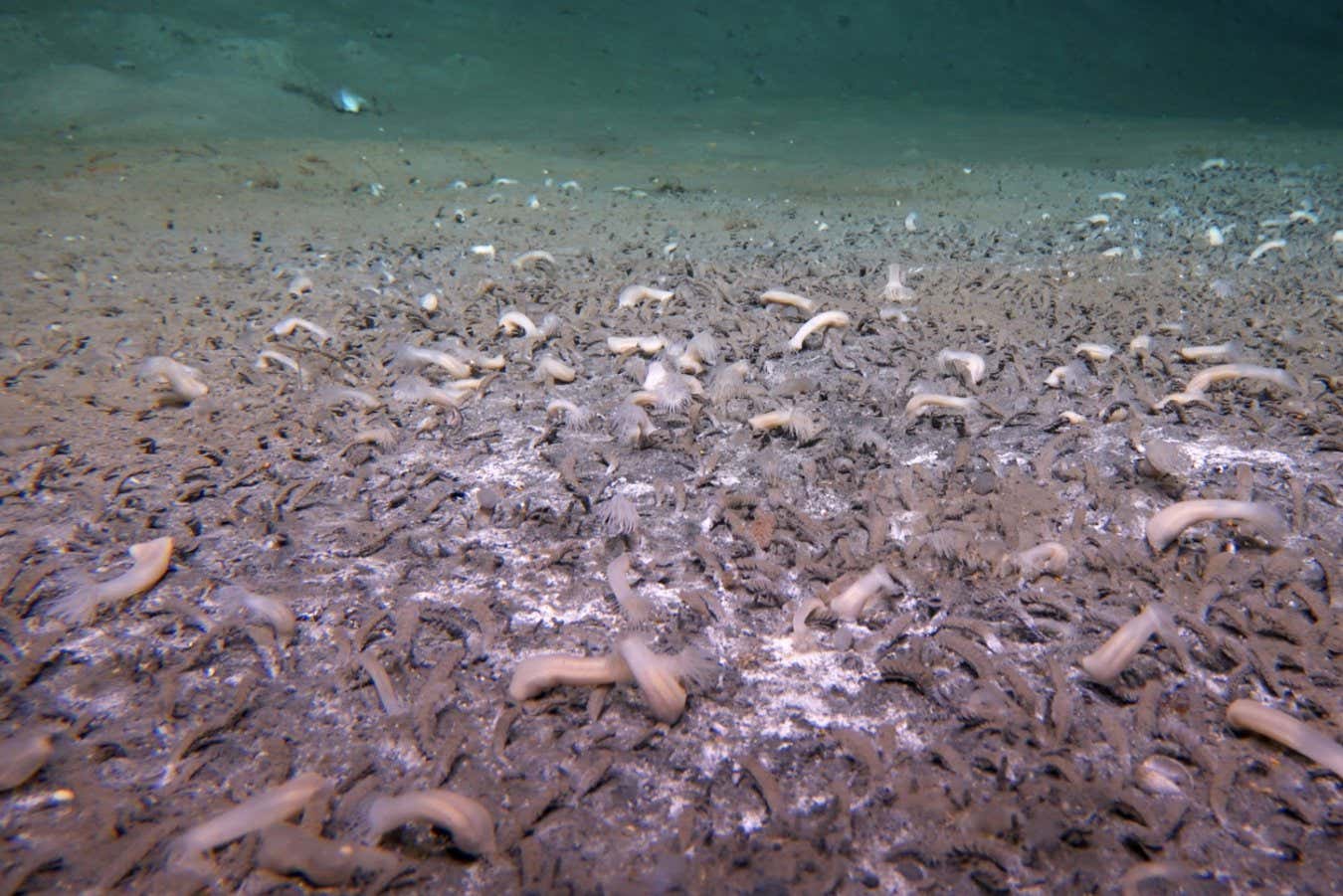Now Reading: Surviving the Impossible: Life in Earth’s Harshest Habitat
-
01
Surviving the Impossible: Life in Earth’s Harshest Habitat
Surviving the Impossible: Life in Earth’s Harshest Habitat

Swift Summary
- Researchers explored extreme depths in the Pacific ocean, specifically the Kuril-Kamchatka and Aleutian Trenches, reaching depths of up to 9533 metres during 24 crewed dives between July and August 2024.
- These deep-sea ecosystems, known as the hadal zone, are characterized by near-freezing temperatures, absence of sunlight, and immense pressure.
- Life in these zones survives through either photosynthesis-derived nutrients from surface descent or chemosynthesis utilizing chemicals like hydrogen sulphide and methane from tectonic activity (fault lines).
- Extensive chemosynthetic communities were documented at extraordinary depths during 19 dives. These communities consisted predominantly of bivalve molluscs and marine tube worms (siboglinid polychaetes), some stretching for kilometers.
- The findings represent “the deepest and most extensive chemosynthetic communities known on Earth,” according to lead researcher Mengran Du from the Chinese Academy of Sciences.
!260597853.jpg”>Bivalve molluscs from the environment
Bivalve molluscs observed in abundance
Indian Opinion Analysis
This breakthrough finding highlights nature’s resilience under extreme conditions while expanding our understanding of life’s adaptability beyond sunlight-dependent ecosystems. The dominance of chemical energy-driven organisms at unprecedented depths showcases how life can diversify around unique sources such as tectonic plate interactions. For India-an emerging leader in scientific exploration-the insights into hadal biospheres could influence domestic research initiatives related to oceanography and environmental sustainability.
India’s geographical setting offers unexplored oceanic trenches ripe for similar investigations that could provide domestic researchers an opportunity to delve into this frontier science furthering global efforts toward understanding deep-ocean biodiversity.
























